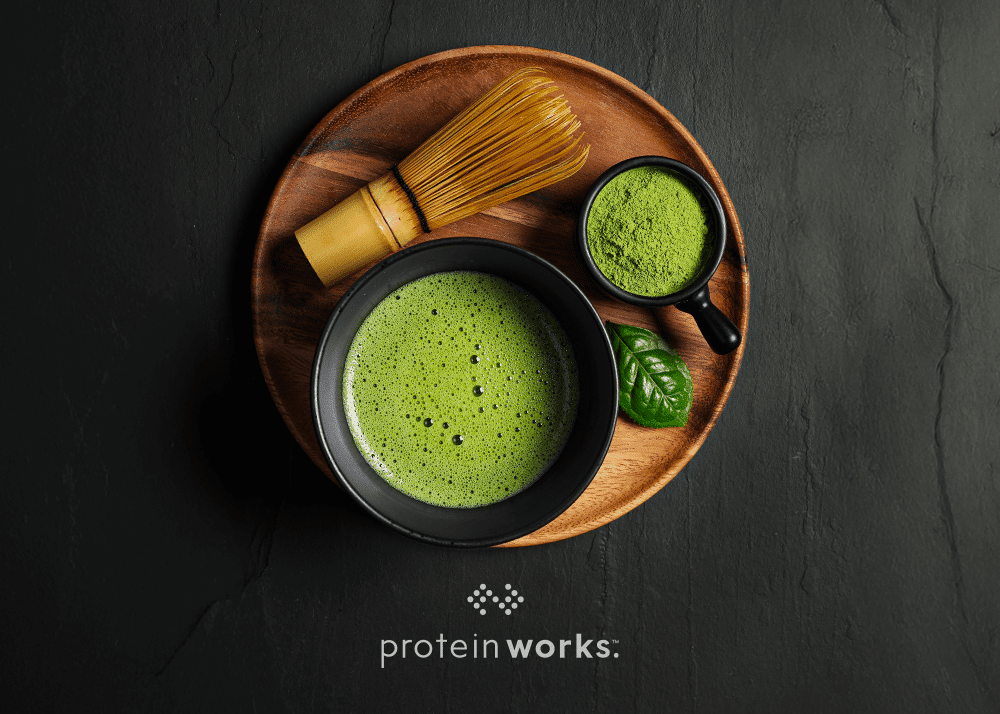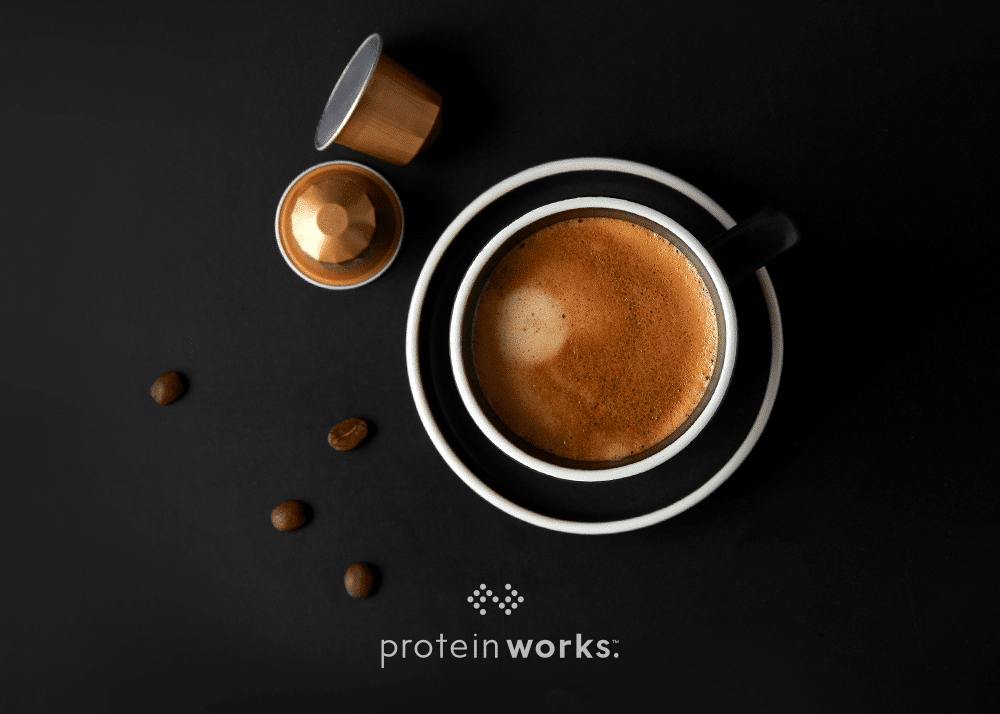
Hydrolysed Whey Protein In The Diet
The usability of the proteins within hydrolysed whey protein make it a highly desirable protein source for any serious trainers. The potent high protein concentration and amino acid profile of hydrolysed whey protein make it the best post workout protein supplement available. The speed at which hydrolysed whey protein is absorbed into the body makes it the protein of choice as a post workout supplement. Rapidly digested and useable for cellular repair and growth, hydrolysed whey protein is a great supplement to use as a part of a training diet whenever the body requires immediate protein. In this article we investigate how the benefits of hydrolysed whey protein could be maximised as a part of a balanced diet.
 Benefits of Hydrolysed Whey Protein
Benefits of Hydrolysed Whey Protein
The big advantage that Hydrolysed Whey Protein provides is that it is absorbed much faster than any other protein type. The body can get high quality proteins and aminos immediately shuttled to where it needs them most. After the heavy stress placed on the muscles by a training session, the quicker we can get these building blocks to the tissues to be rebuilt, the better. In short, the longer the body has to recover, the more potential there is for growth. Hydrolysed whey protein delivers these much needed nutrients quicker than any other protein source and so he body can get to work immediately on rebuilding the stressed muscles.
Hydrolysed Whey Protein has also been shown to trigger an increased insulin response when compared with other post workout protein sources (43% more than whey protein isolate). As an insulin response is vital in shuttling these nutrients to the muscles, this reinforces how ideal hydrolysed whey protein is for post workout recovery.
Hydrolysed Whey Protein Within the Diet
Looking into the unique properties of Hydrolysed Whey Protein provides a better insight into just how good it is, but it also illustrates how uniquely suited it is to recovery. Due to the ultra-rapid absorption rate of hydrolysed whey protein, it is a great tool to have post-workout and first thing in the morning. That said, the high speed at which hydrolysed whey protein is absorbed makes it a less than ideal as a protein source to be used throughout the day and a poor choice to use as a bedtime supplement. Throughout the day you would be better using proteins with longer amino chains that take longer to digest, something like whey protein concentrate. Provided you are eating regularly, there is no urgency to get amino acids to the muscles and no time critical window needing to be exploited as there is post workout. The potential for cellular repair and muscular growth still exists and needs to be fed, but sustained release protein sources would be a better (and more wallet friendly) way to do this.
At night, a protein source that is prolonged release is the ideal choice to take as you will be fasting for 8 hours. The longer this source takes to get into your body the better. If you were to take Hydrolysed Whey Protein then, sure it would be rapidly absorbed but then the body would go into an aerobic state straight afterwards with no dietary calories and proteins to feed and grow off. The longer the body can be kept in an anabolic state, the better the potential for growth.
Is Hydrolysed Whey Protein Worth the Cost?
Due to the extra time taken in the manufacturing process, the price of Hydrolysed Whey Protein is more than other proteins. The main thing to bear in mind though is the uniqueness of the properties in Hydrolysed Whey Protein. Really, it shouldn’t be dismissed as a luxury for serious trainers only. It needs to be weighed against how often it will be taken and the potential the key benefits over other proteins it possesses.


 Benefits of
Benefits of 


No Comments yet!